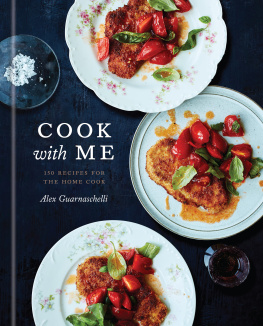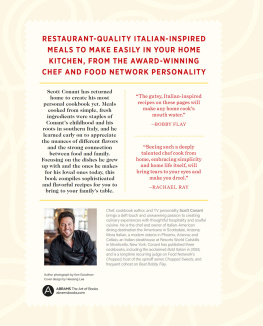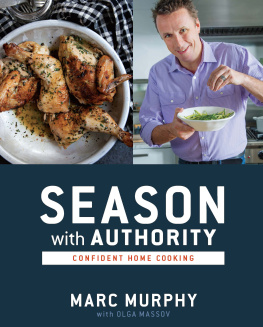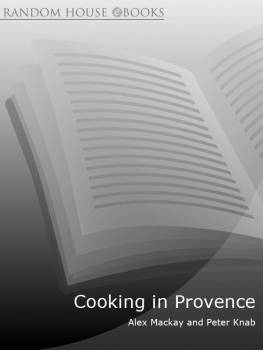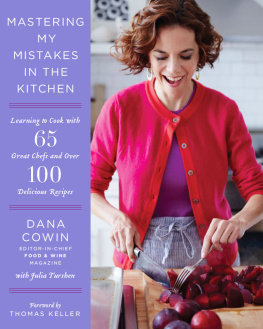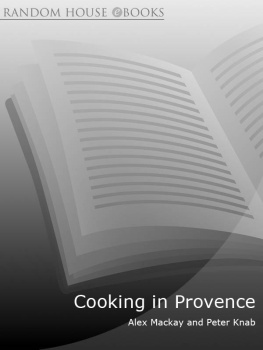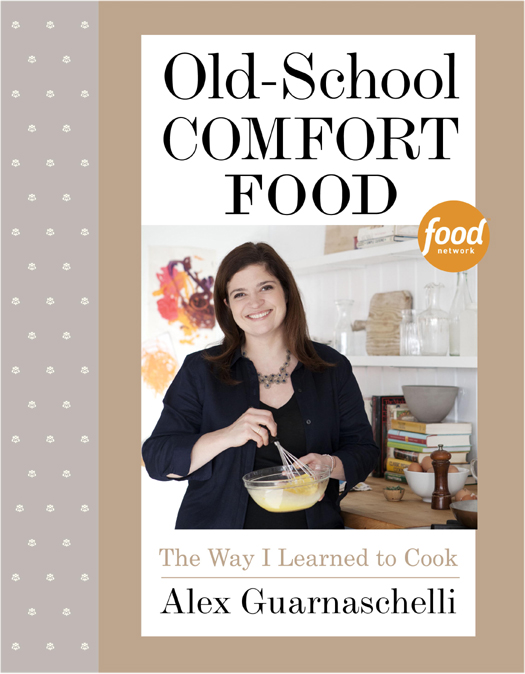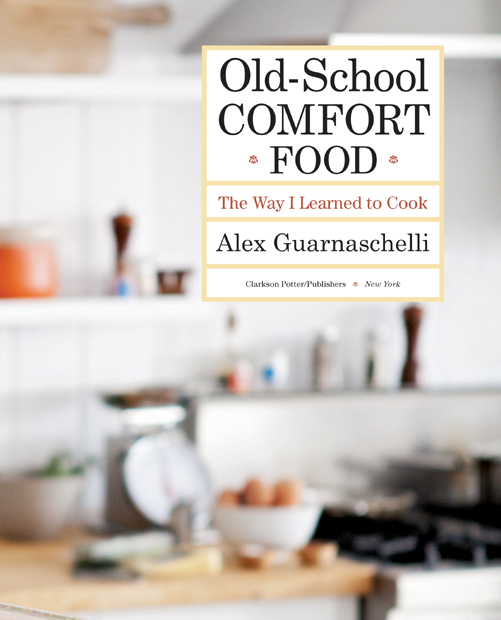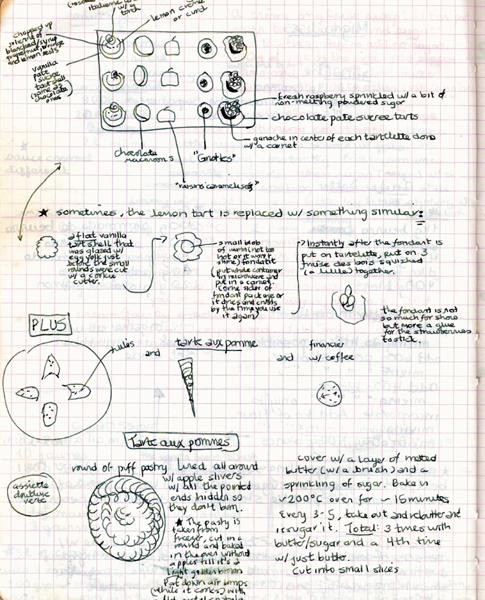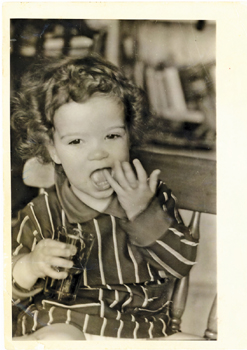
Copyright 2013 by Alexandra Guarnaschelli
Photographs by Squire Fox copyright 2013
by Squire Fox
All rights reserved.
Published in the United States by Clarkson Potter/
Publishers, an imprint of the Crown Publishing
Group, a division of Random House, Inc., New York.
www.crownpublishing.com
www.clarksonpotter.com
CLARKSON POTTER is a trademark and POTTER with colophon is a registered trademark of Random House, Inc.
FOOD NETWORK and associated logos are trademarks of Television Food Network, G. P., and are used under license.
Library of Congress Cataloging-in-Publication Data has been applied for.
eBook ISBN: 9780307956569
Hardcover ISBN: 9780307956552
Cover design by Marysarah Quinn
Cover photography by Squire Fox
v3.1_r1
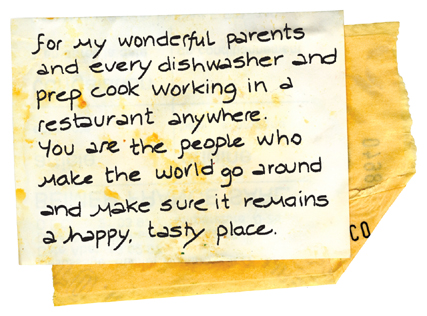
contents
Introduction
My love affair with food began in the simplest of settings: my childhood kitchen on 55th Street and 7th Avenue in Manhattan. My mother was whipping up a cheese souffl (a casual recipe, I should add, that included taking an entire wheel of Camembert and pushing the creamy insides through a strainer with a wooden spoon) and I was kneading bread dough from a Beard on Bread recipe. She folded in the fluffy egg whites, huffing and puffing over the bowl as she tried to retain all of the volume and still mix the ingredients. The batter made the tiniest, barely audible but intoxicating sound as it hit the bottom of the souffl dish. She dashed from one end of the kitchen to the other and quickly (but gingerly) placed the dish in the center of the oven and closed the door. Her movements were more fluid than I had ever seen. I was mesmerized.
Back that chair up against the oven door to keep it closed as the souffl cooks, willya Al? my mother instructed, wiping sweat from her forehead. The hinge on our oven door (a vintage 1940s GE model oven) was loose and would hang open slightly. That wouldnt work for a souffl. I rinsed the bread dough off my hands and pushed the chair against the oven door. I stared through the small, grease-stained window as the souffl doubled in volume. I sat in that chair, in fact, like a security guard would stand in front of the Hope Diamond. It was almost as if I could smell the various cheeses baking and browning as the souffl cooked. Opera was blaring in the other room, the air conditioner blasting so hard it almost blew out the lit candles on the dining room table. The silverware was mismatched at each setting (I had even gotten a Mickey Mouse baby spoon into the mix). Various trivets and bowls littered the table. It was a hodgepodge haven of quality things. A stack of manuscripts (future cookbooks) and potential new projects (Al, I just got in a great book proposal for a thousand-page book about garam masala. What do you think?) were in the mix as well.
Once the souffl was done cooking, my father, my mother, and I sat at the table, almost transfixed, as if watching a baby utter its first word. I swear the spoon made a sighing noise as it scooped out that first (boiling hot!) bit of cheese and eggs onto my plate. The steam coming off the souffl snaked its way up my nostrils and my stomach growled. I think my ankles growled! Eat it with a spoon, she instructed. There was some dry sherry and mustard that I remember tasting but not being able to identify. Just an alarm bell in my brain that something life-changing had occurred. And to tell you the truth, I had no idea what it was.
ME, AROUND AGE 3
Now, dont get me wrong. I do not come from the type of Italian American stock that one might quickly assign me to, given my last name. I did not have a grandmother who weighed 95 pounds but could carry an ox up a hill with a block of ice on her back. I didnt have an aunt who could make perfect gnocchi on the hearth with one potato and a small twig. The love of food simply emanated from my parents and their (still to this day) eternal push-pull collaboration-argument that surrounds the creation of a meal. The kitchen still has drawers filled with various utensils (I counted twenty-two paring knives), an astounding array of spices, and more china (thats Ginori china, my mom whispered as if she were in church as I set the table with white plates with a simple orange rim) than one family of three could ever hope to use. The books, the shopping, the choices were the very thing that started it all for me and there is only one way to describe it: old school.
Old school: Any thing or things that refer to a previous generation of a subject/idea/object/etc. Typically, they are highly regarded and sometimes the very things that started it all.
What an exciting definition. And one that resonates deeply with my journey as a young eater all the way to the cook I am today.
So many books offer a dizzying array of useful go- to tips on how to get the same result in half the time with half the money or how to use half the ingredients or get a meal straight from your freezer to the table in 20 minutes.
I promise none of this.
This book is, instead, a result of my fathers cooking, my mothers painstaking search for the ultimate pecan pie, mixed with the professional wisdom I have accumulated from sheer repetitive cooking in some pretty amazing restaurant kitchens. And these recipes, and my story, are old school because they are recipes that started something in me (a technique, a certain use of an ingredient) that became a common thread in my own cooking, because they consistently tip their hat to my culinary mentors (from my parents to Guy Savoy), and because they will make you feel like you are mixing a recipe with the spontaneity of the act of cooking itself.
It seems we chefs often describe the start of our culinary education and career path with the first cooking we did with our own hands. Makes sense. But in my case, it feels like it began long before that. I was my parents lone devoted spectator to the sport for many years before I became an amateur and then turned pro myself. Watching other, more experienced people make a meal is a critical part of learning how to cook.
Being watchful is also a critical part of cooking! The turning point with food often occurs when heat transforms it. Braised short ribs? Just mix the meat with salt, some vegetables, some wine, and some faith. At the end, peel back that foil and allow the tops of the ribs to poke out above the braising liquid and develop that beefy crust. There is no replacing heat and time with a recipe like that and the magic happens as we stand still and allow the ingredients to fulfill their delicious destiny.
Those years of watching and tasting shaped my idea of deliciousnessand the pursuit of that deliciousness in my adult life is my inspiration. It has gotten me through many a night when I looked up at a soup-spattered ceiling in a restaurant and asked myself: Why does the dishwashing machine only break on Friday nights? Why did I just notice I served 8 sides of spinach that were washed but nonetheless still sandy and gritty? Why cant I just have an ergonomic chair and a desk with a mug on it that says I love the Bahamas?



